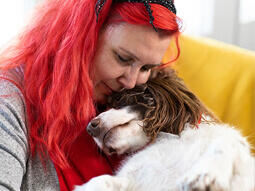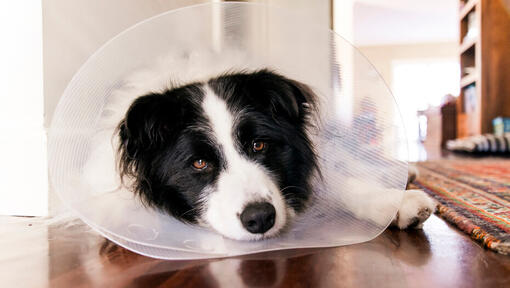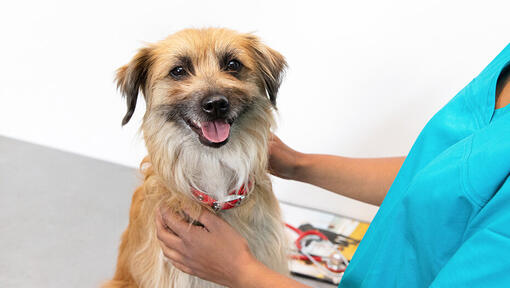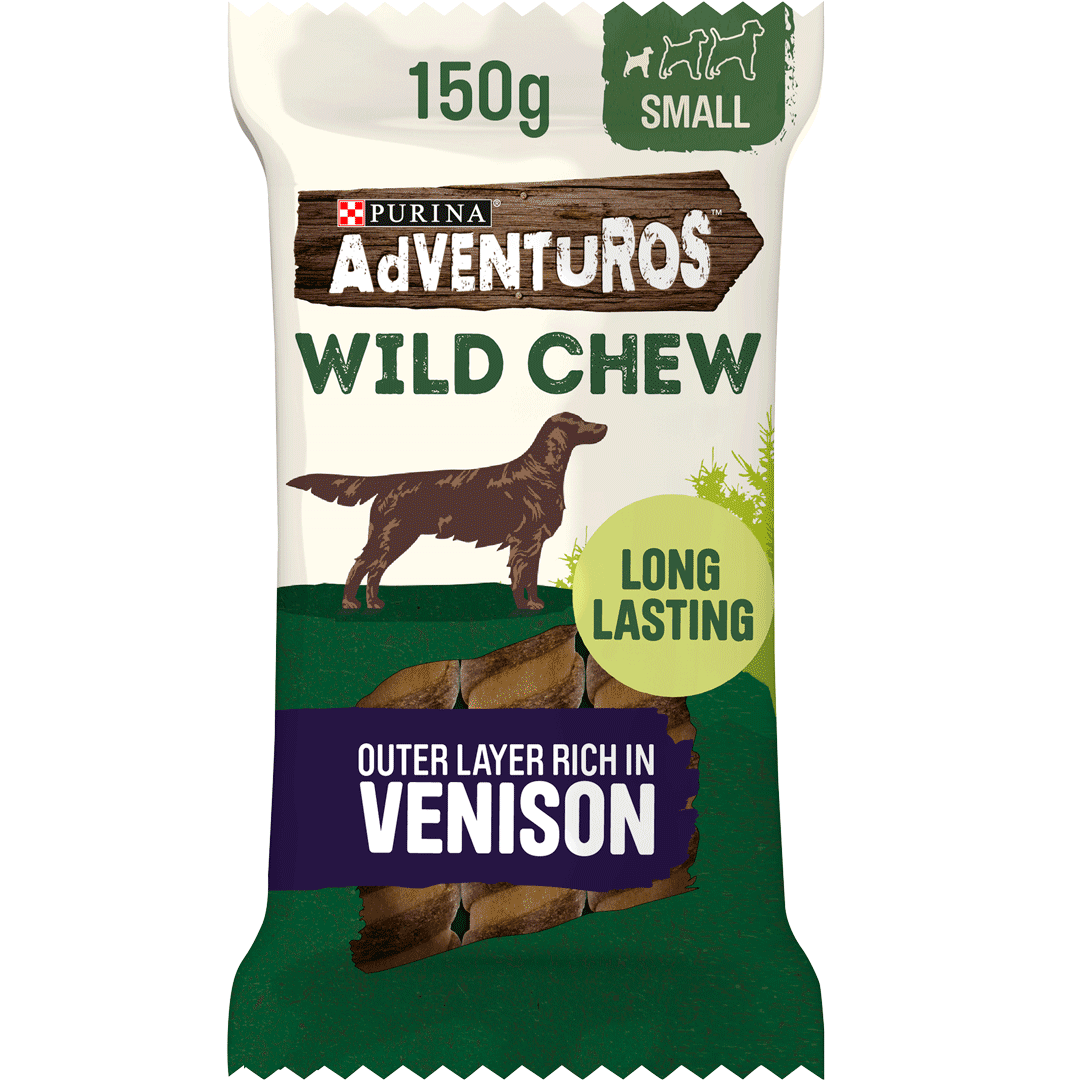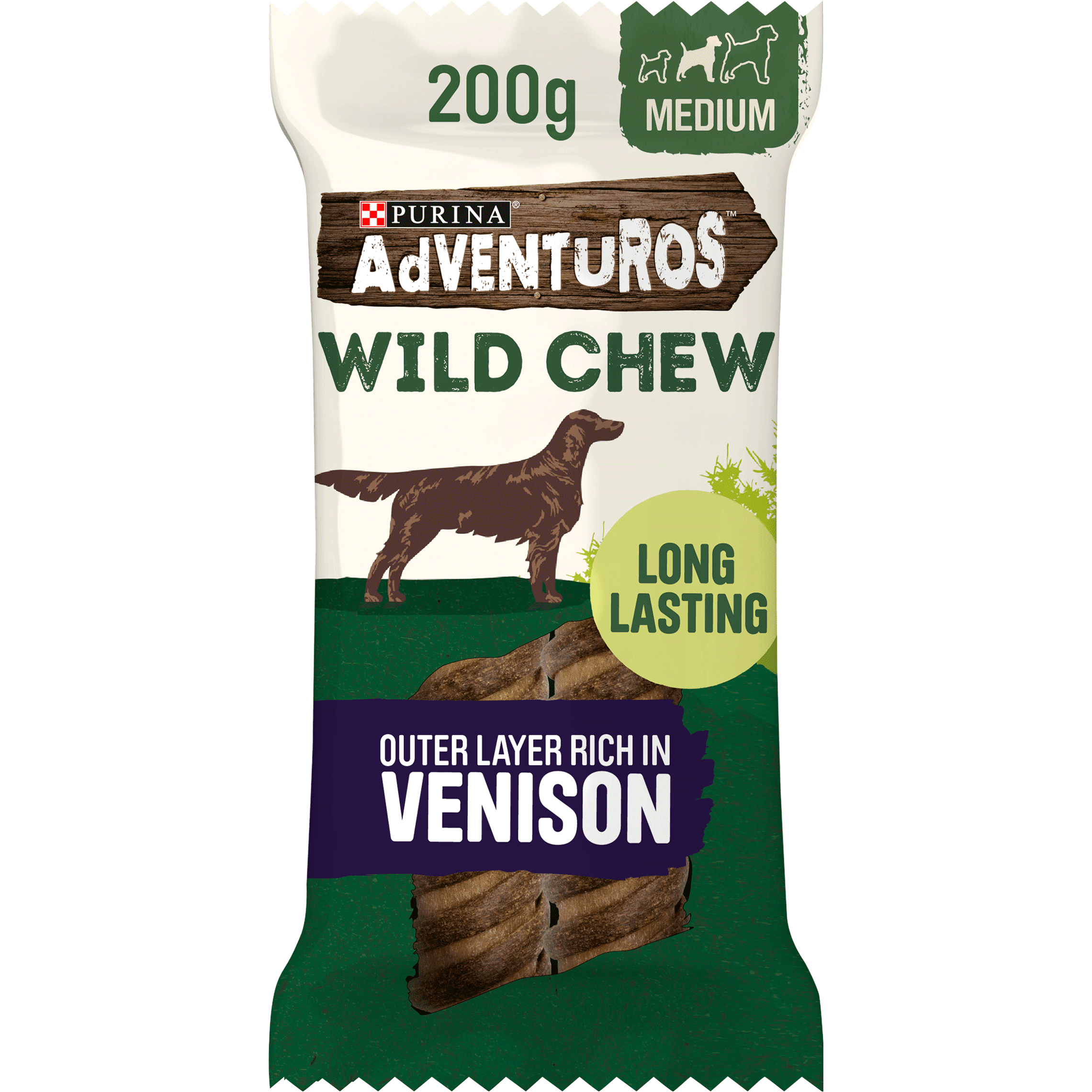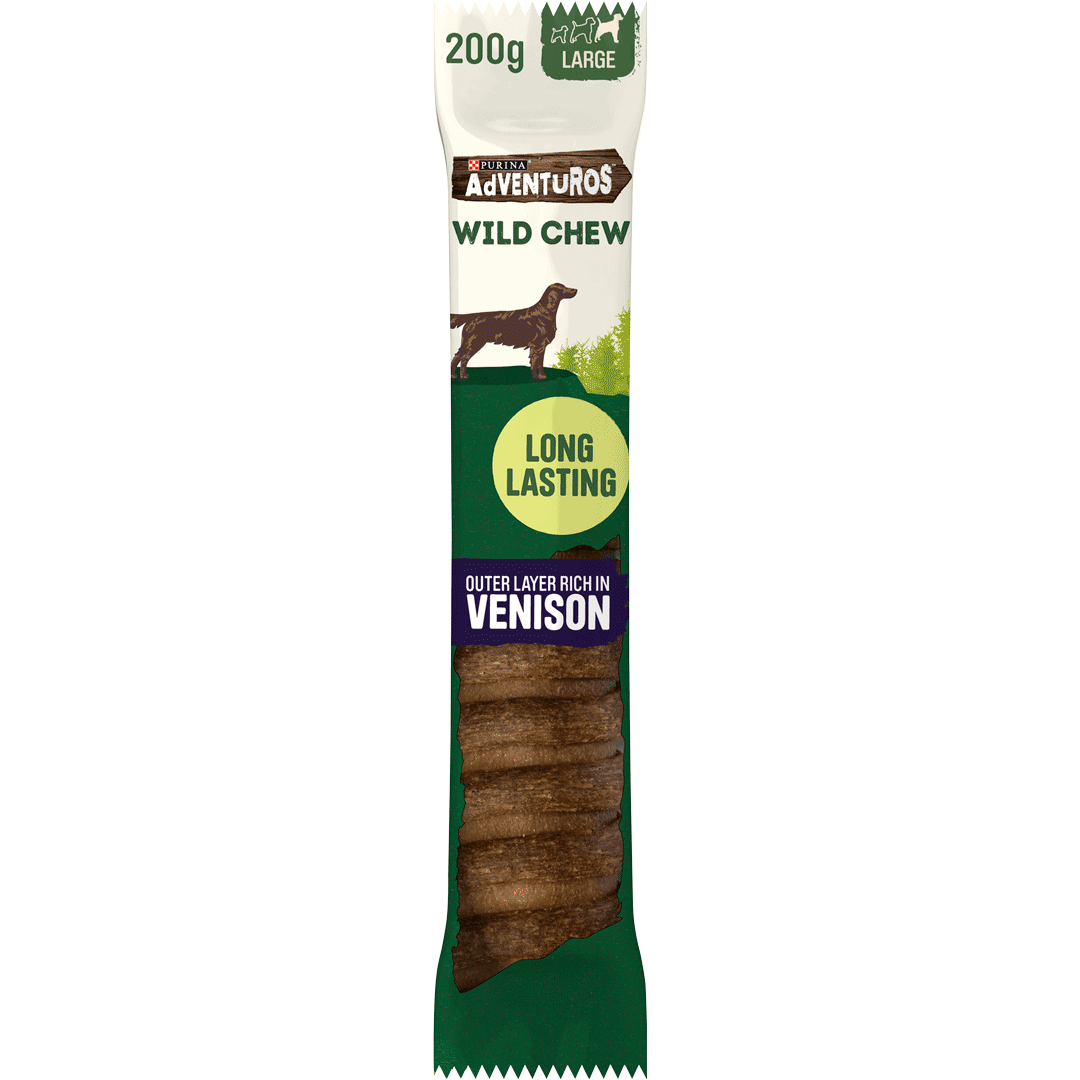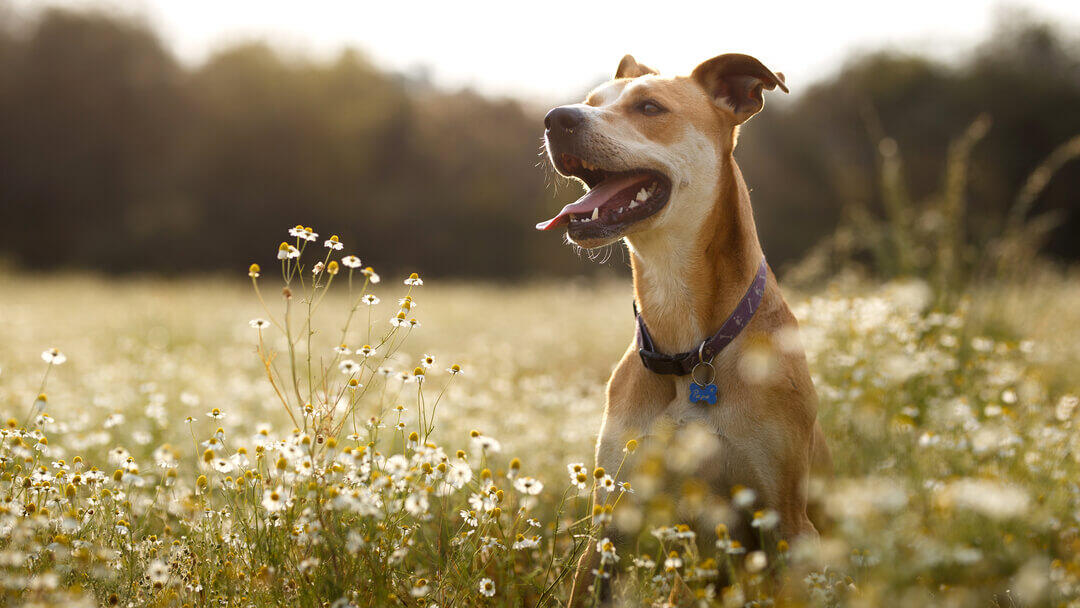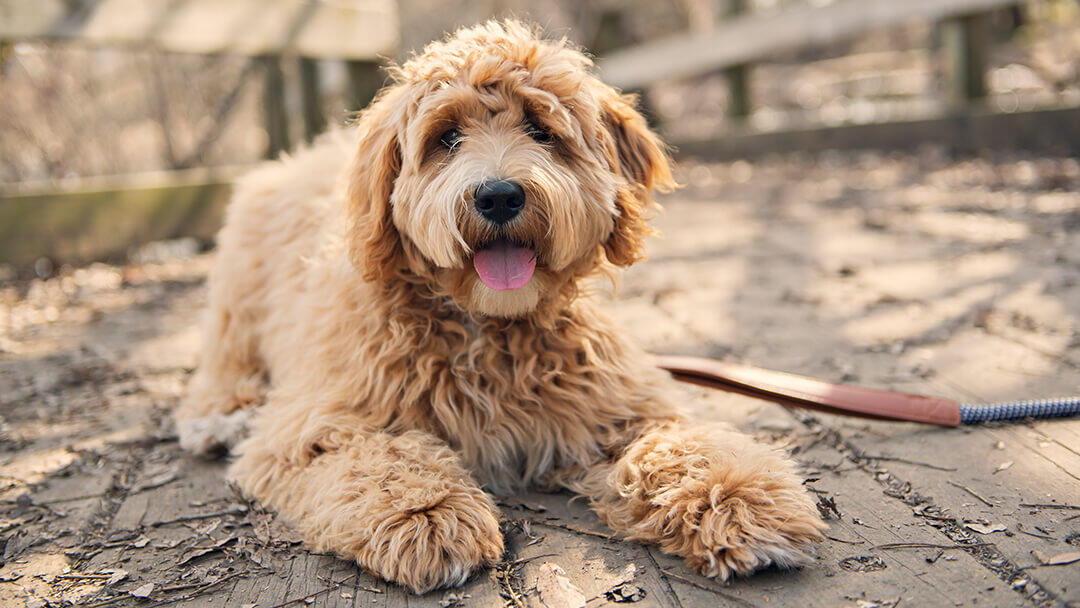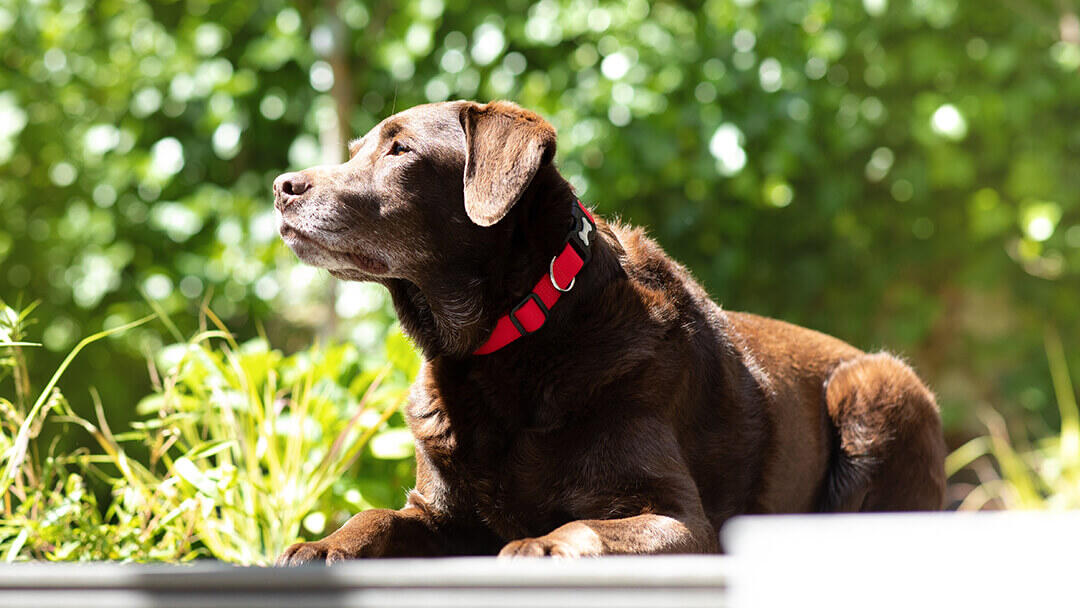
Hot spots in dogs are a common skin condition. Find out what they are and how to treat them once they show up, so you can get your dog back to their usual happy self.
If you’ve noticed your dog itching more than usual and discovered a moist red spot on their skin under their fur, your beloved canine friend might be dealing with a skin condition known as dog hot spots. In this article we will look at what they are and how they can be treated effectively so your dog can get back to their normal happy self.
What are dog hot spots?
Dog hot spots are areas of infected skin that look red, wet and sometimes raised. Officially known as Moist Dermatitis, hot spots can be found anywhere on the body and can increase in size very quickly. Your dog will experience them as itchy and sometimes painful patches and will often try to soothe hot spots with scratching, licking or biting.
Signs of hot spots in dogs
If your dog is suffering from hot spots, you’ll likely see the following signs or symptoms:
- Redness
- Swelling
- Hair loss
- Excessive licking or biting
- Itching
The spots in question will be moist and may discharge pus or fluid that can cause hair matting. These hot spots will typically be on their hips, limbs and head, but they can occur anywhere on their body.
Will dog hot spots go away on their own?
Hot spots are not likely to go away on their own, but the good news is that they can be easily treated. The best thing to do when you notice hot spots is book an appointment with your vet and try to stop your dog scratching too much. This itching can make the irritation worse, causing matted hair, lacerations and sometimes secondary infections.
Are hot spots on dogs contagious?
No, hot spots on dogs generally aren’t contagious to other dogs and humans. However, if the cause of your dog’s hot spots is fungal or parasitic, then it may be possible for it to spread to other dogs or humans. In order to determine the underlying cause of your dog’s hot spot, it’s important to seek veterinary help asap.
What causes the hot spots on dogs?
Anything from skin allergies to insect bites or just a minor graze can be the starting point for a hot spot to develop. If there is enough moisture on the skin’s surface for bacteria to take hold, this will create the right conditions for hot spots.
Some of the most common causes are:
- Flea bites
- Atopic dermatitis
- Dirty coat or matting
- Ear infections
- Skin infections
- Food allergies
- Environmental allergies
- Stress, anxiety or boredom which causes excessive licking that irritates and breaks the skin
- Injuries and grazes
- Excess moisture in the dog’s coat after swimming or bathing
Dog hot spots tend to be more common during summer days when humidity is high, which is why they are also known as summer sores. Although long-haired breeds such as German Shepherds, Golden Retrievers, Labradors and St. Bernard’s with thick coats are more prone to this skin infection, hot spots can affect any dog.
Dog hot spot treatment
Once you’ve identified hot spots on your dog’s skin, prepare for a vet visit to discuss possible treatments. After establishing and treating any underlying cause, your vet will likely prescribe the following course of action:
- Trimming the area around the hot spot
- Cleaning the skin with a mild antiseptic
- Prescribed medications can include topical sprays to help heal the hot spot and, depending on the case, the vet might recommend antibiotics to help fight the infection or steroids for combating inflammation
- A dog cone can also be applied to stop them from scratching or licking the hot spots
Most dog hot spots will begin to disappear in a few days after the start of the treatment.
Can you use home remedies to treat dog hot spots?
When it comes to treating dog hot spots, it’s always best to visit your vet and ask for help. While you’re waiting for the appointment you can gently wash the area with water and apply a cool compress to help get the inflammation down. You should also try and prevent your dog from licking or biting the hot spots.
How to prevent hot spots on dogs
Hot spots are a skin condition, so keeping your dog’s skin healthy is the first step towards keeping infections at bay. Make sure you don’t skip flea treatments, manage any allergies they have and make sure your dog dries off quickly once their swimming or bathing time comes to an end.
Regular grooming also plays an important prevention role when it comes to dog hot spots. Clipping long coats, especially when it’s hot outside, will stop moisture from getting trapped close to the skin and creating a breeding ground for bacteria.
If your dog has an itching habit every time they get bored or anxious, make sure you keep them less worried and more entertained. For example, these dog exercises will keep an energetic puppy happily busy for hours. But if you suspect it’s more than just pure boredom making your dog itchier than normal, read our article on dog fear and anxiety for advice on how to help a scared canine friend.
Although it’s impossible to banish dog hot spots forever, a little foresight will reduce the risk of them showing up. If you want to know more about what to look for when it comes to all the different canine skin conditions, check our article about skin problems in dogs.

